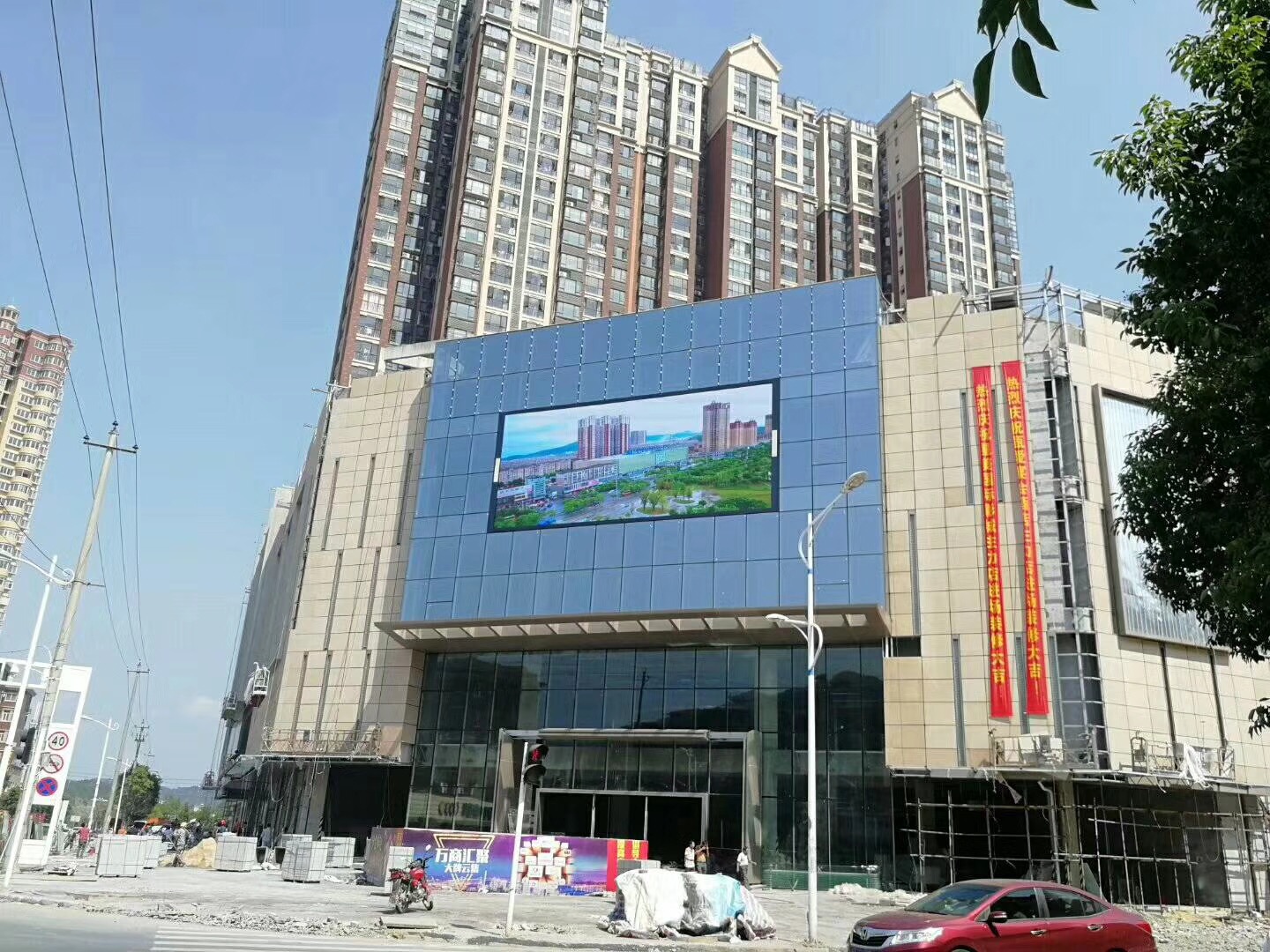|
Tel: +86-755-23247978 MP/WhatsApp: +86-13760431543 Email: aaron@cxcolor.net |
How to solve the heat dissipation problem of LED displayIssuing time:2018-04-13 00:00 The biggest problem encountered by LEDs at present is heat dissipation, as is the LED display. The power consumption of LED display screen is very large, a considerable part of energy is wasted on heat. Fever can cause many problems.
Why LED display can be widely used, my summary is the following: 1. Extensibility: The bigger the LCD screen, the higher the investment in production line equipment. It is easy to increase the size of the LED display, just like building blocks. Resolution is also convenient to achieve according to user needs. 2. Full color: light bulbs, neon lights, etc. are all monochromatic, LED realizes the combination of RGB three primary colors. 3. High reliability: LED is solid lighting, high reliability, unlike neon tubes and light bulbs that require vacuum tubes. 4. Long service life: The theoretical service life of the LED chip can reach 100,000 hours, and the actual service life is more than 30,000 hours. 5. Environment-friendly: LED itself is an energy-saving and pollution-free product. The biggest problem encountered by LEDs at present is heat dissipation, as is the LED display. The power consumption of LED display screen is very large, a considerable part of energy is wasted on heat. Fever will bring the following problems: 1. Wavelength drift: Wavelength drift will cause problems with color correction. At low and high temperatures, the wavelength drift of LED is relatively large. According to experimental data, each time the temperature changes by one degree, the wavelength changes by 0.2-0.3nm. 2. Decreased output brightness: Each degree of temperature change leads to a 1% change in output brightness, with red lights most affected. From -40 degrees 180% brightness to 120 degrees brightness is less than 50%, that is to say, the brightness of the red light is reduced by nearly two thirds. Relatively speaking, the brightness of blue and green lights is less affected by temperature, especially the blue light. A problem arises when the temperature rises, the brightness of LEDs of different colors is not the same. 3. Temperature rise leads to shortened LED lifetime: According to data from a laboratory in the United States, the junction temperature increased from 63C to 74C, and the LED lifetime decreased from 36,000 hours to 16,000 hours. 4. Excessive heat dissipation components cause the system cost to increase. 5. Wasted energy and increased user costs. |




